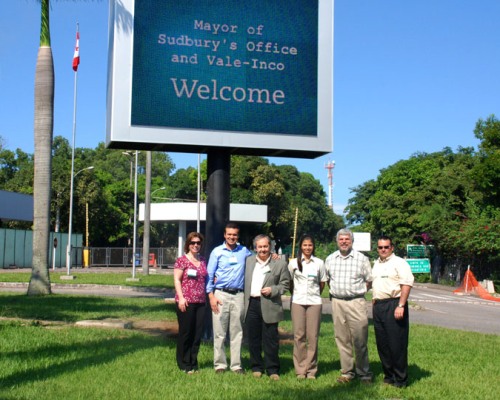May Brown was a famous mining entrepreneur; the Northern Territory’s ‘wolfram queen’.
May Brown, mining entrepreneur, the Northern Territory’s “wolfram queen”, was born in Sydney on 24 May in 1875. She first visited the Northern Territory in 1890 when she joined her sister, Florence, who with her husband ran hotels in the ‘Top End’. May Brown continued to visit the Territory until 1901 when she settled in Sydney after marrying George Seale, a former amateur boxing champion. In 1902, they had a son, George, who later married Mary Fisher, a Territorian.
May’s first husband, George, died in 1906 and six months later she married James Burns, a Territory wolfram miner. The pair moved to Pine Creek a small township near Burns’ Wolfram Creek and Crest of the Wave mines. May started to work in the mines alongside her husband and their Chinese tributers.


























